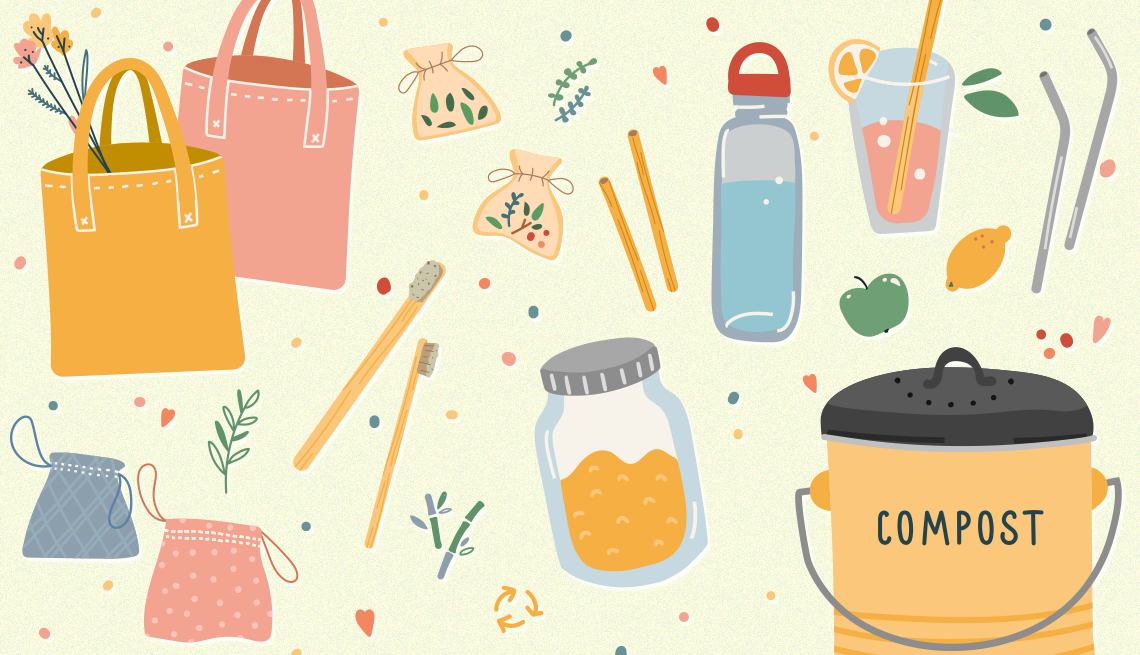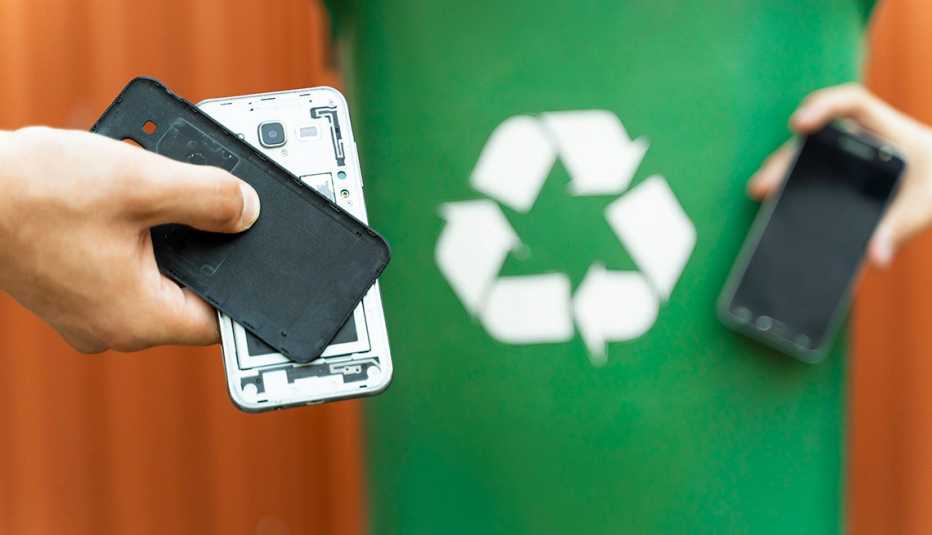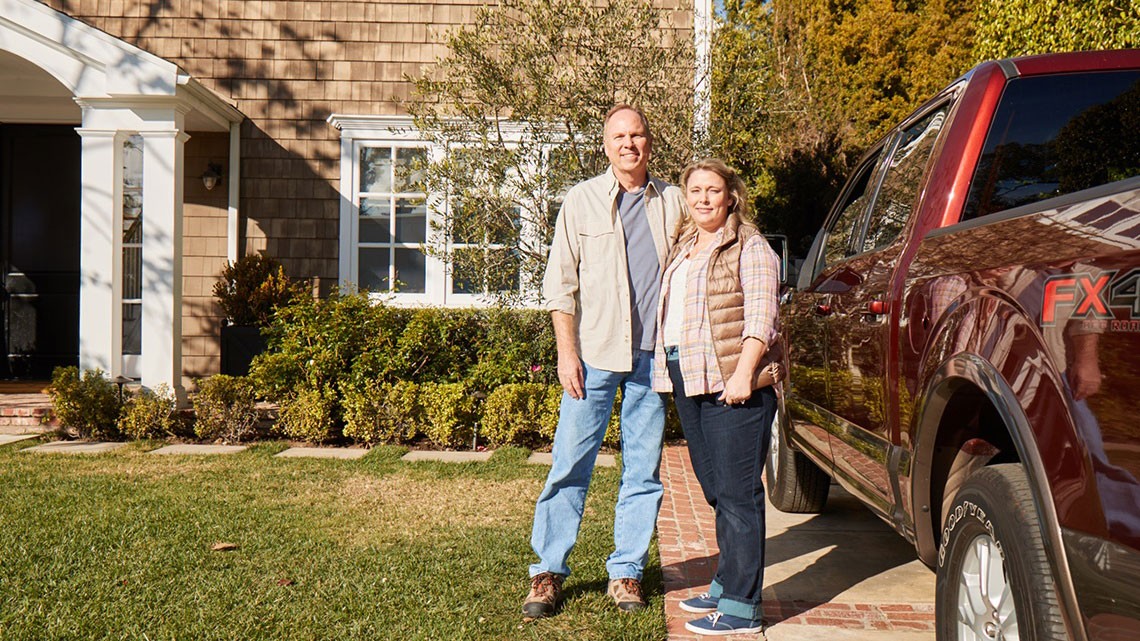Staying Fit
Jean Werner of San Francisco hasn’t finished an entire roll of plastic wrap in four years. She also brings her own refillable containers to shops, buys only what she needs, stores food in glass mason jars and composts.
Those small steps add up to a pretty big dent in the amount of plastic she uses and the waste she produces on her journey to a zero-waste lifestyle.


AARP Membership— $12 for your first year when you sign up for Automatic Renewal
Get instant access to members-only products and hundreds of discounts, a free second membership, and a subscription to AARP the Magazine.
“It’s an ongoing process that honestly takes years because you’re changing your habits little by little,” says Werner, 73. “Ask yourself, ‘What is in this stuff?’ Think about it for a minute and make a good decision. Pretty soon you feel pretty good about yourself.”
The zero-waste movement began in the 1980s as a business goal to divert 80 to 90 percent of waste from landfills and was popularized more recently by bloggers like Bea Johnson in, for example, her “15-Piece Wardrobe, 50 Outfits” post, and the mason jar challenge (fit one year’s unrecyclable trash into one 16-ounce jar). The idea is to shrink your carbon footprint to protect the environment from harmful chemicals and emissions of methane gas produced by waste in landfills that contribute to climate change.
“An 80 percent reduction [for consumers] in how much we throw out is entirely possible without making too many changes,” says Kathryn Kellogg, founder of the Going Zero Waste lifestyle website and author of 101 Ways to Go Zero Waste. Start by paying “attention to what you throw away and what you can eliminate.”
Although recycling and composting have increased over the past two decades, so has the amount of waste going to landfills. Americans dump about half of the 292 million tons of trash generated every year, or about 5 pounds per person per day, according to the U.S. Environmental Protection Agency (EPA).
Zero waste may be difficult for people to achieve in today’s consumer-oriented society, so experts suggest first focusing on reducing your waste. Follow the five Rs: Refuse what you don’t need, reduce, reuse, recycle and rot (compost organic waste).
Here are seven simple ways to start reducing home waste:
1. Start composting
“One of the most motivating things for people is to start composting” their food and yard waste, says Amy Maas, a waste reduction and recycling specialist for Hennepin County, Minnesota, which includes Minneapolis. When people look at what’s in their trash, she says, they find it’s mainly food waste.
Composting is a process that breaks down organic material, such as food scraps and leaves from your yard, and converts it into nutrient-rich plant fertilizer or mulch through natural decomposition. Microorganisms feed on the materials added to the compost pile during the composting process.
The EPA says the 55 percent of food that goes to landfills could be composted instead. Harmful emissions from food waste in landfills contribute to climate change.
“I compost almost everything I can compost, [and] my garbage is so much less,” says JP Fitzgibbons, a 59-year-old Minneapolis resident who uses two backyard bins for food and yard waste that he eventually reuses in his garden. “When people say they’re throwing something away, there is no ‘away.’ ”







































































